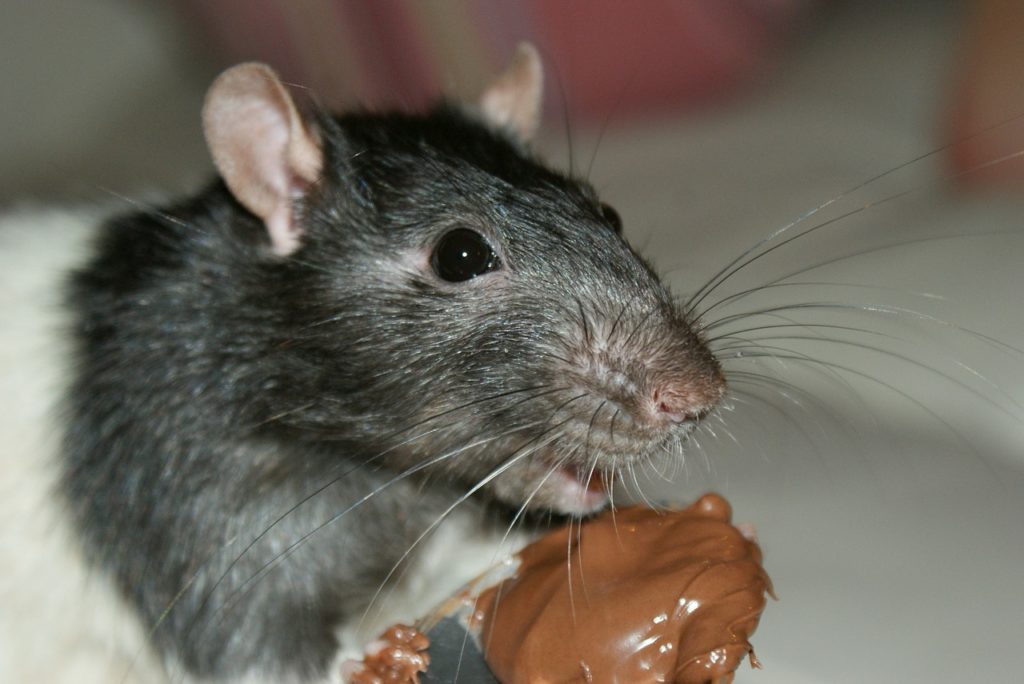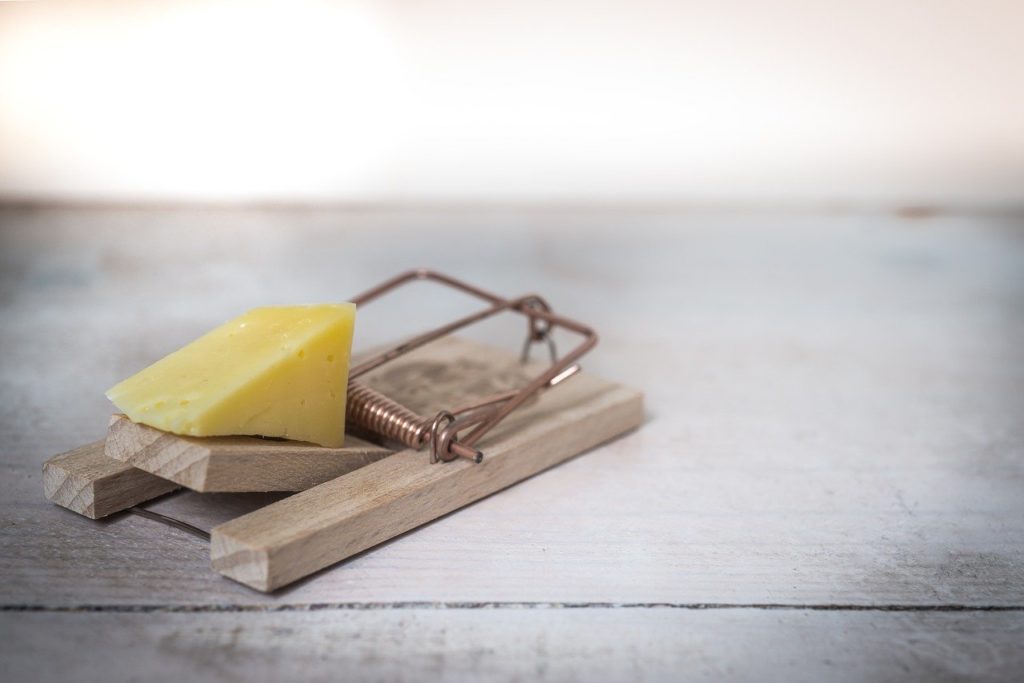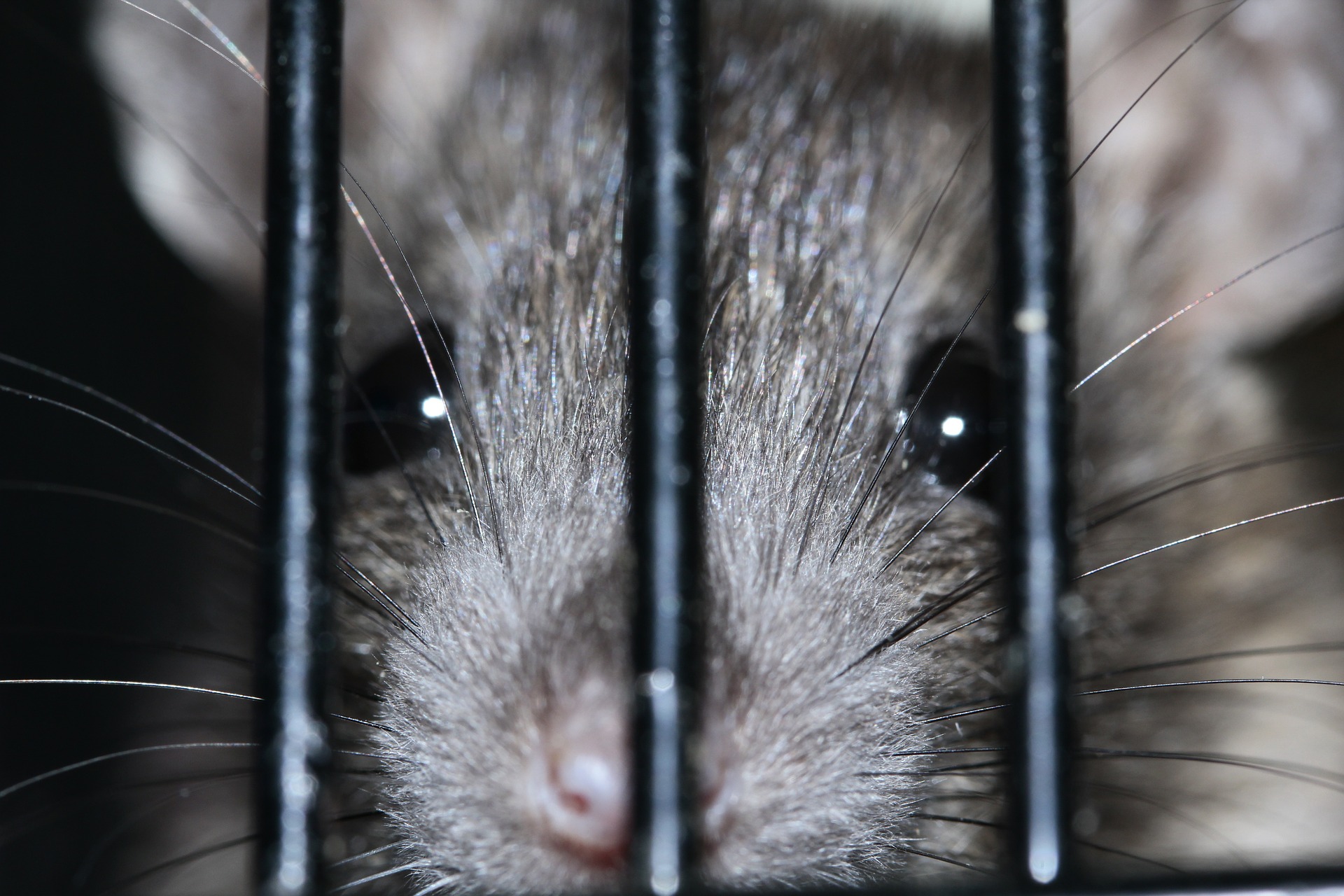You probably don’t give a moment’s thought to the walls of your home. But that could change if you are unlucky enough to have a rat infestation. Rats can live in walls, and that thought alone is enough to give you nightmares. Rats not only chew on everything, but they also spread diseases. In this article we explain how to get rid of rats in walls.
Why you have rats in walls
- Rats like the warmth in walls. Walls are not just there to separate the rooms in your home. They are also there for insulation and other benefits. But the problem is that the inside of walls are often hollow, and this makes them ideal nesting spots for pests like rats. If you hear footsteps and squeaking sounds in your walls, especially at night, you may have a rat infestation.
- Rats have found resources in or near your walls. The walls themselves may have resources in them that attract rats. After all, rats will chew on anything – from insulation to wires. Walls may also have moisture in them because of rain, piping problems, and structural damages. Rats may also find other food and water sources near your walls, especially if the walls are near your kitchen.
- You have structural damage in your home where rats can get through. Rats are small animals that can squeeze through the smallest cracks, gaps, and holes in your home. Unfortunately, there are natural gaps and holes in your home where rats can get through. But you are not giving yourself any favors if they are in the form of structural damage. Seal them immediately, so they don’t become passageways for rats.

Check for the signs
- Chewed items. Sure, rats have some food preferences. For instance, brown rats like high-energy foods like bacon, chocolate, and peanut butter while black rats like natural foods like berries, dried fruits, and nuts. But this doesn’t change the fact that rats will practically eat anything. If you see random items in your home that seem chewed or gnawed, you may have a rat infestation in your hands.
- Dirt and grease marks. Rats eat and drink, so it means they have to defecate and urinate too. Rat poop and rat urine are some of the many ways rats spread diseases, so you should clean them up immediately. Rats also have filthy bodies, so you are likely to see grease marks, especially on the edges of your walls.
- Random noises at night. Rats are nocturnal creatures, meaning that they are more active at night. They feed and play more during this part of the day. You may hear random noises at night as the rats in your walls do these activities. Also take note that rats are social creatures. They live in packs, so you may hear a lot of these random noises at night as multiple rats move.
How to get rid of rats in walls
- Call a pest control professional. The best way to get rid of rats in walls is through the help of a pest control professional. Rats are really hard to eliminate, especially if the infestation is already severe. Rats are smart. They are cautious of their surroundings and are suspicious of new objects in the environment, making them very hard to trap. It doesn’t help that they breed very fast, so even if you catch a few, it won’t guarantee that the infestation will be eliminated. It’s best to let professionals handle it.
- Use rat poison. Rodenticides are effective rat killers. But they have their downsides. They take a while to take effect. They pose a danger to children and pets that may see them and consume them. And rats affected by rodenticides may squeeze through the most inaccessible parts of your home and die there. Rodenticides are complicated, and they only make calling a pest control professional even more sensible.
- Use rat traps. Rat traps are more straightforward. You just put bait, trap rats in a mechanism, and kill them. But like rodenticides, rat traps are not always so simple. For instance, rats won’t go near your traps if you have your scent on them. When using rat traps, make sure to cover yourself with gloves to avoid leaving your scent. Rats are also very suspicious of new objects in their environment, so they don’t interact with traps as easily as you think. Outsmart these pests by using the appropriate baits.

How to prevent rats from coming back
- Fix structural damages. Cracks, gaps, and holes make your home accessible to the rats outside looking for shelter. Make sure to seal these with the right techniques. Seal cracks and holes with the appropriate sealants and seal gaps with weather strips. You will minimize the risk of a rat infestation if rats don’t have passageways in and out of your home.
- Store food and water in containers. Pests in general are attracted to easily accessible food and water. Make food and water inaccessible by putting them in cabinets, containers, and refrigerators. If possible, use sturdy containers that rats won’t be able to chew easily, like those made of glass or metal. Don’t forget about pet food too. They are also attractive to pests.
- Seal garbage cans properly. Remember that garbage cans are rich sources of food and water too. Make sure your garbage cans are always empty or at least not full to keep their lids completely down. The problem with overflowing garbage cans is that their lids are useless. The lids won’t be able to cover the food and water that can be found in your garbage cans if they are up.
Get rid of the rats in your walls now
You may have rats in your walls because rats find the warmth in there appealing. They may also find food and water sources around, like your kitchen. If you see chewed items, rat urine and poop, grease marks on your walls, and hear random noises at night, you may be dealing with a rat infestation.
Get rid of the rats in your walls now and prevent them from coming back with the tips above.

